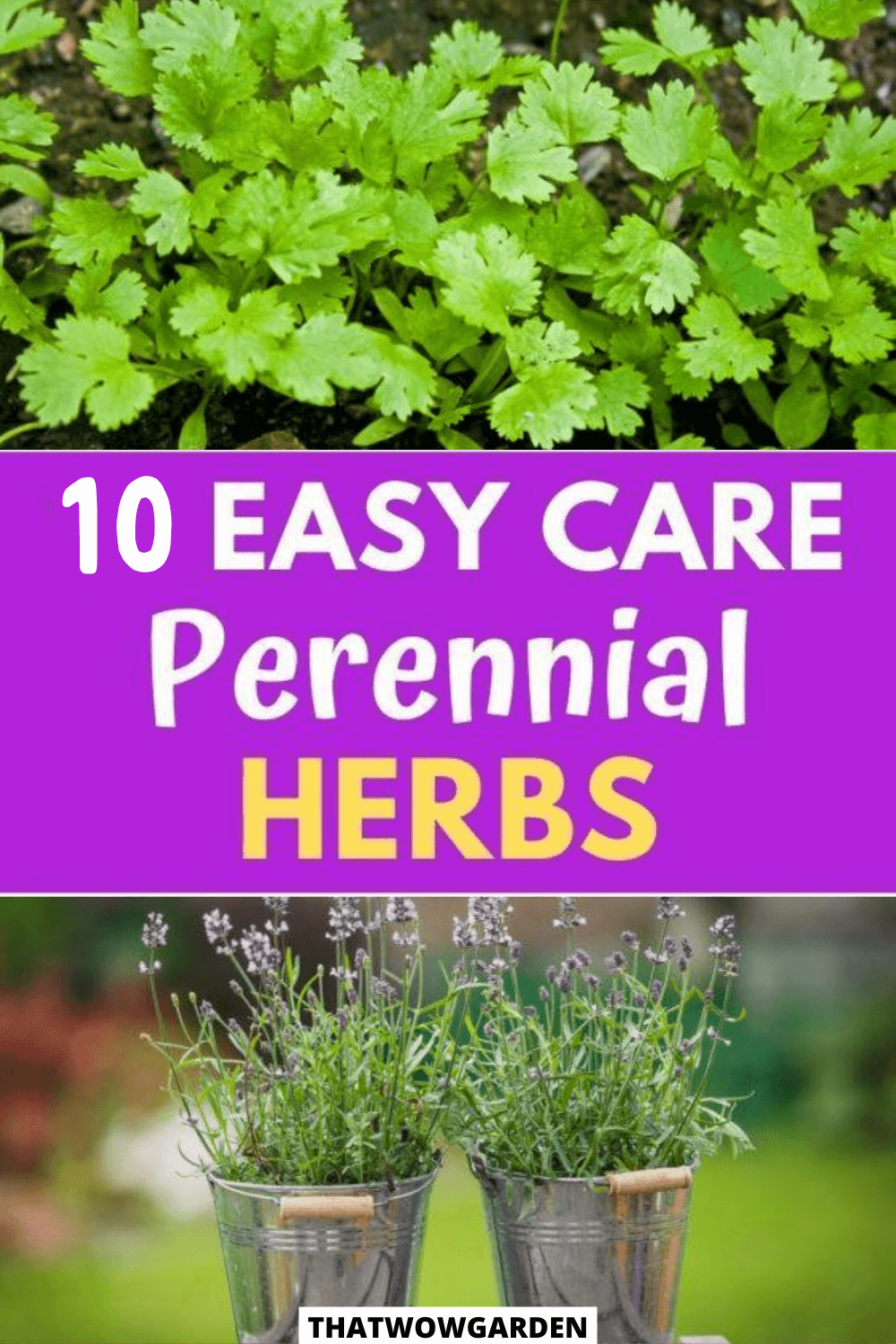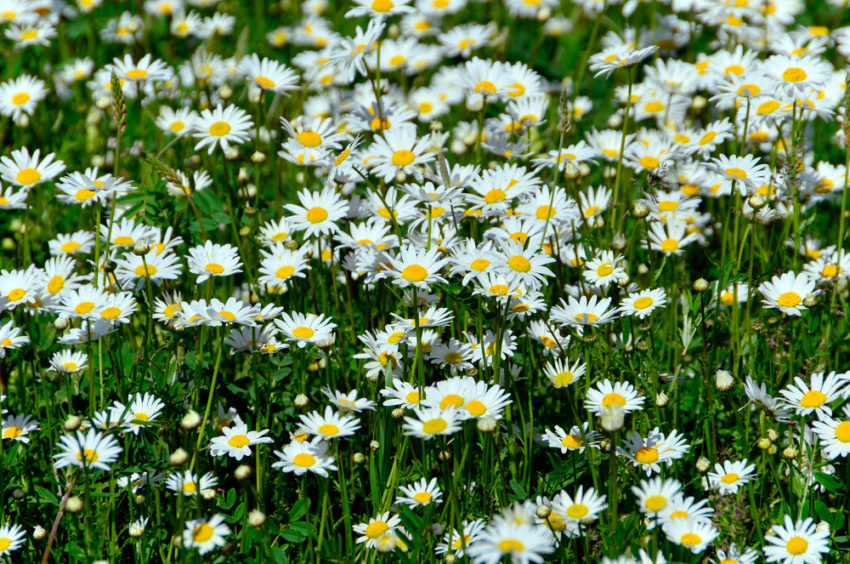Herbs are proven to be a great asset to our home garden. They add aesthetic values to the empty spaces in our backyards, courtyards, patios, etc plus who doesn’t love herbs in their meals!
They’re a pivotal culinary item that refines our regular meals to a whole new level of deliciousness. Think of cooking your favorite dish and you have those herbs handy all year long. Voila!
Besides, they evidently serve various medicinal purposes. You must be thinking of working like a Trojan to maintain the longevity of these herbs but let me tell you that it’s a no-brainer.
We’ve curated the list of 10 perennial herbs you can plant once and enjoy for years to come. Most of the herbs are easy to maintain and love to thrive in full sun.
All you need to do is to gather sufficient will power, a little bit of your time and obviously a nice space to favor their growth. And you’ll be just a few steps away from owning a perennial herbs garden.
10 Perennial Herbs You Can Plant Once & Enjoy For Years
1. Oregano
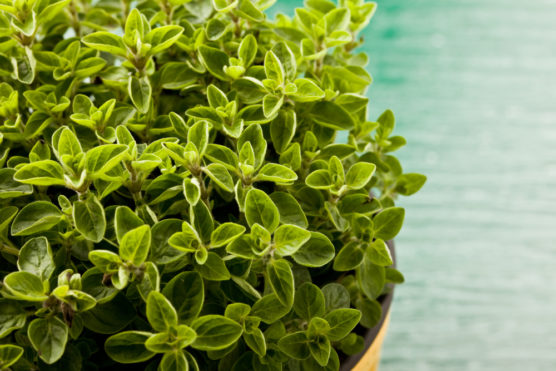
Okay so let’s agree we all love pizza more than anything else and we can’t miss out on the oregano when we think of pizzas. But its uses aren’t limited to just kitchen chores, it’s also believed to cure fever and other illnesses. Besides the ease of growing, oreganos are also easily storable in a dark and airy space.
You can start their cropping from the store-bought plants, seeds, or even leaves cuttings. They love sunny areas and light well-draining soil. Water when the top layer of soil is dry to touch.
Simply plant the seed in a viable soil and place the container indoors for the initial period. The leaves will be ready to use once you see them reaching out at least four inches tall.
2. Roman Chamomile
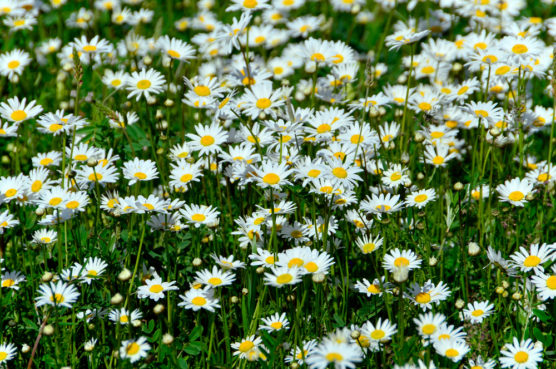
Chamomile tea is considered as the tea of millennials as it’s refreshing and unlike conventional tea it is healthy. Good news? You won’t have to spend bucks to buy them ‘because you can grow them at home. Yes, you read that right!
You can use an established plant or even seeds, however, it’s advisable to grow them from seeds for a simple reason i.e. ease of growing. Choose a sunny place and spread the seeds on soil with neutral pH and lowkey amounts of organic matter.
The plant can withstand negligence in terms of irrigation and fertilization. You just have to give it the apt kickstart and wait for it to grow like a pro ( bad at rhyming )!
3. Cilantro
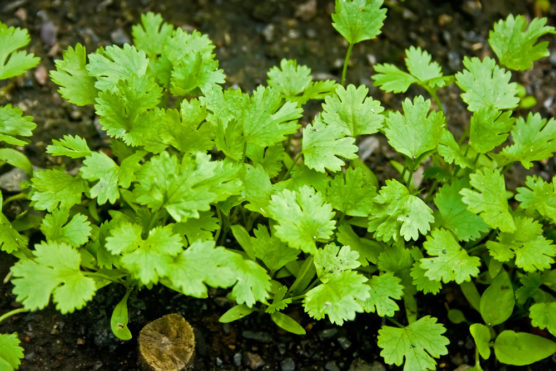
Cilantro is also known as coriander leaves in most kitchens. It’s known for its revitalizing flavor and fresh aroma, some of the delicacies seem incomplete without a sprinkle of coriander leaves
Take the seeds and dig them at least ¼ inches deep under the soil spreading them a few inches apart. The best way to manage them is to assemble them in rows which are at a distance of almost 1 foot from each other.
To ensure the voluminous foliage, take well-drained moist soil and irrigate a lot along with fertilization when the plant reaches a certain height ( about 2 inches ).
4. Mint
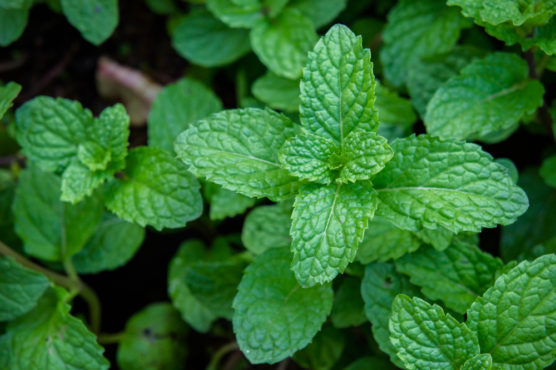
You can smell the strong scent of mint leaves from a distance. In the summer season, mint leaves are used to prepare energizing drinks. From lemonade to cocktails, mint leaves complement everything.
This is one of those herbs which can easily survive without a potting mix. To begin the plant in water, use cuttings of an existing plant, and keep them in a water bottle under full sunlight.
In case of soil, the herb thrives best in partial sun, i.e. full morning sun and partial afternoon sun. Use a soil consisting of peat, sand, and perlite and ensure humidity in the air.
5. Rosemary
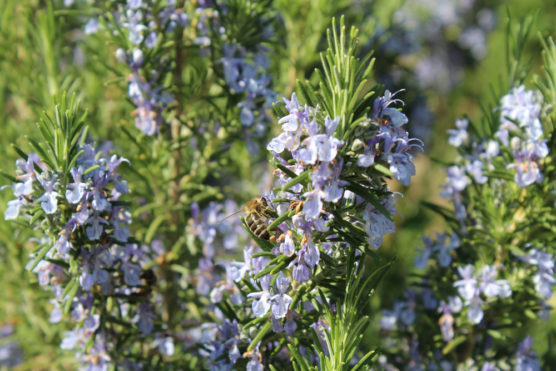
Lookup for a place with plenty of sun and adequate humidity to plant rosemary herbs. The herb is usually started with a stem cutting of an established crop.
Sow this stem cutting in well-draining sandy soil and spacious vicinity. Water regularly in the growing season but avoid overwatering.
Take a container filled up with the soil and plant the cuttings, about 2 inches long, in a manner that the bottom part is drowned inside water. Your herb would be ready to harvest within a few weeks.
6. Lavender
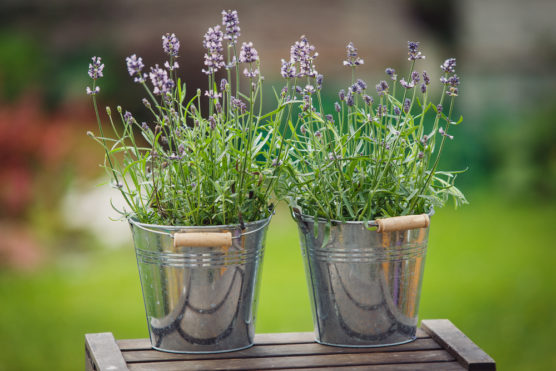
Lavender is often considered as an air freshener because of its fragrance. With the colorful bloom and mystical aroma, this herb tops my to-do list.
Usually, it’s recommended to grow lavender from an existing plant. Just search for a container a bit larger than the root size and plant this crop in it. The pot must be in a sunny location with frequent watering in the summer season. The soil should be well-drained and slightly basic or neutral.
7. Lovage
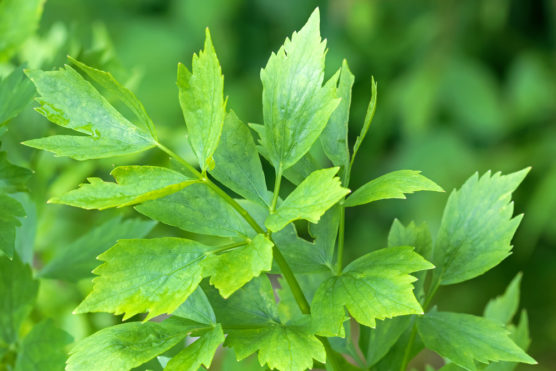
One of the reasons to grow lovage is that not everyone’s planting it, i.e. it would be an offbeat addition to your home garden. You can use the whole plant for culinary activities as it’s readily edible.
Plant the seeds in a partial shady region and water in a way so that the topsoil is dry to touch. The soil must be rich and well-draining with slightly acidic pH.
Start your plant in autumn and early springs if you’re starting indoor and outdoor respectively. The basic idea is to simply scatter seeds in the soil and furthermore proper caring.
8. Coneflower
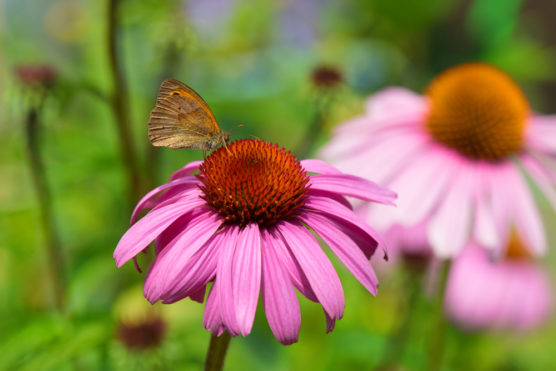
There are several varieties of a coneflower, we’re going to discuss the purple coneflower here owing to its popularity. Other varieties can also be grown in a similar fashion.
This plant serves well in the case of skin rashes and weak immunity system. They also attract pollinators and are proven to be nice neighbors for other plants. Locate them in a sunny area with loamy soil and adequate watering. The plant is widely grown from the seeds and hence transplantation becomes necessary.
9. Lemongrass
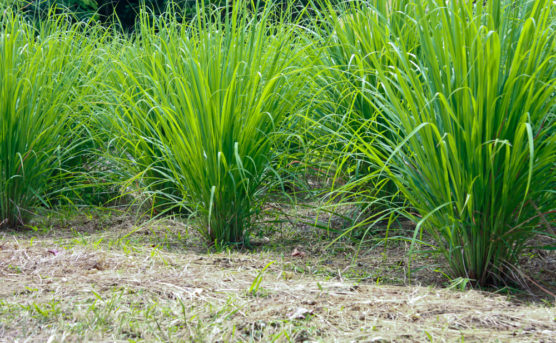
Firstly, let me clarify that a lemongrass plant is not a regular grass rather it’s ornamental grass. Due to its citrus flavor, the herb is used in soups, salads, teas, etc.
Start the plant from a stem cutting by placing it in a container in a sunny location. The soil must have a neutral pH, well-draining, and rich in organic matter. Feed regularly with water and water-soluble fertilizer.
Water only when the topsoil is dry and doesn’t congest two or more plants, there should be a distance of at least 24 inches between the two of them.
10. Chives

You can easily identify a chive herb by its green foliage and tiny purple-colored blooms. They’ve started from the seeds and planted in a sunny location where they receive at least six hours of sunlight.
The soil must be rich and well-draining, water frequently but avoid water-logging conditions. The herb is edible as a whole and you can easily store it in a dry and cool place. They’re the best seasoning for savory dishes. Just dig the soil a little bit and spread the seeds with proper spacing.
With the right care and maintenance, you can enjoy these herbs for years down the road. Fancy a garden? Grow these extremely practical herbs!
